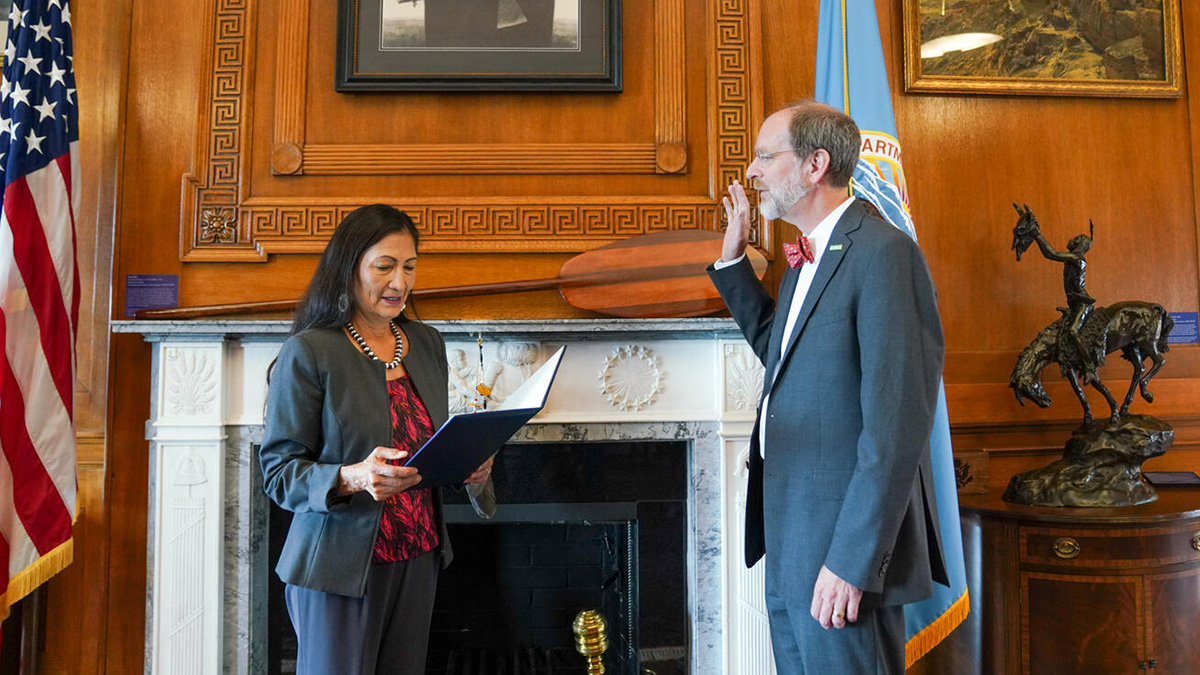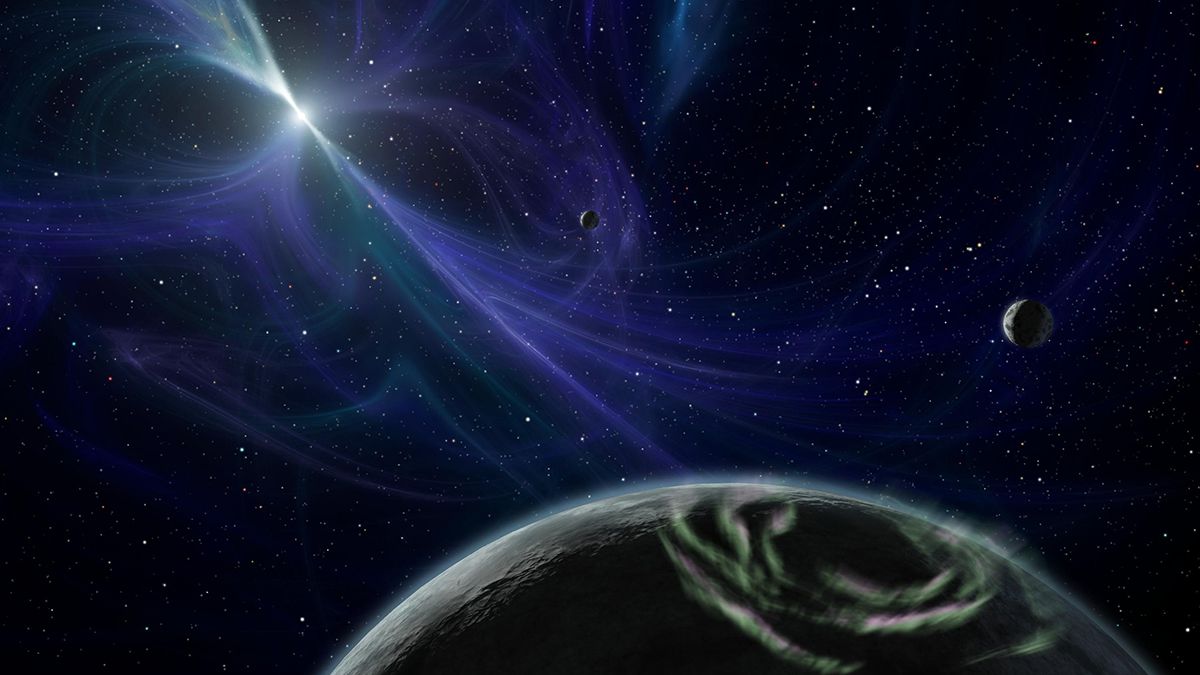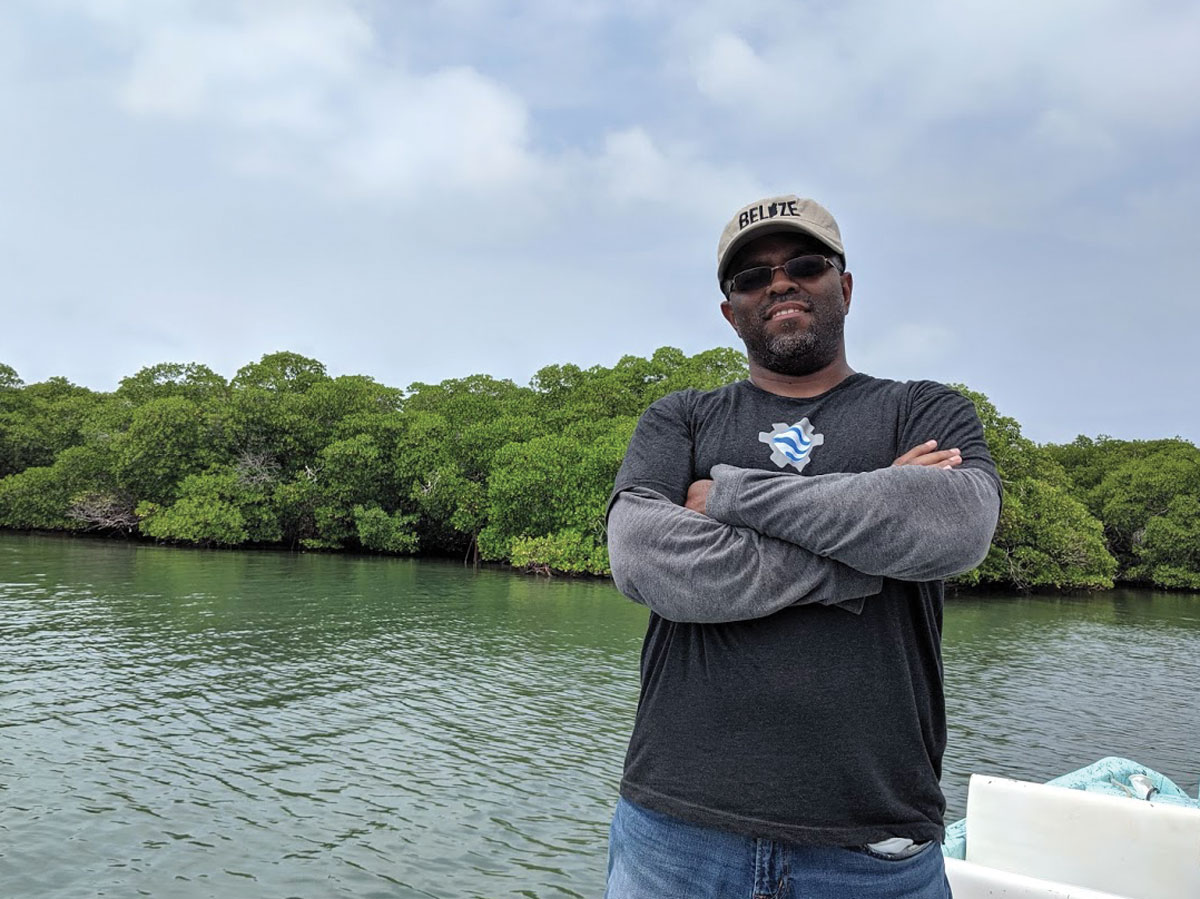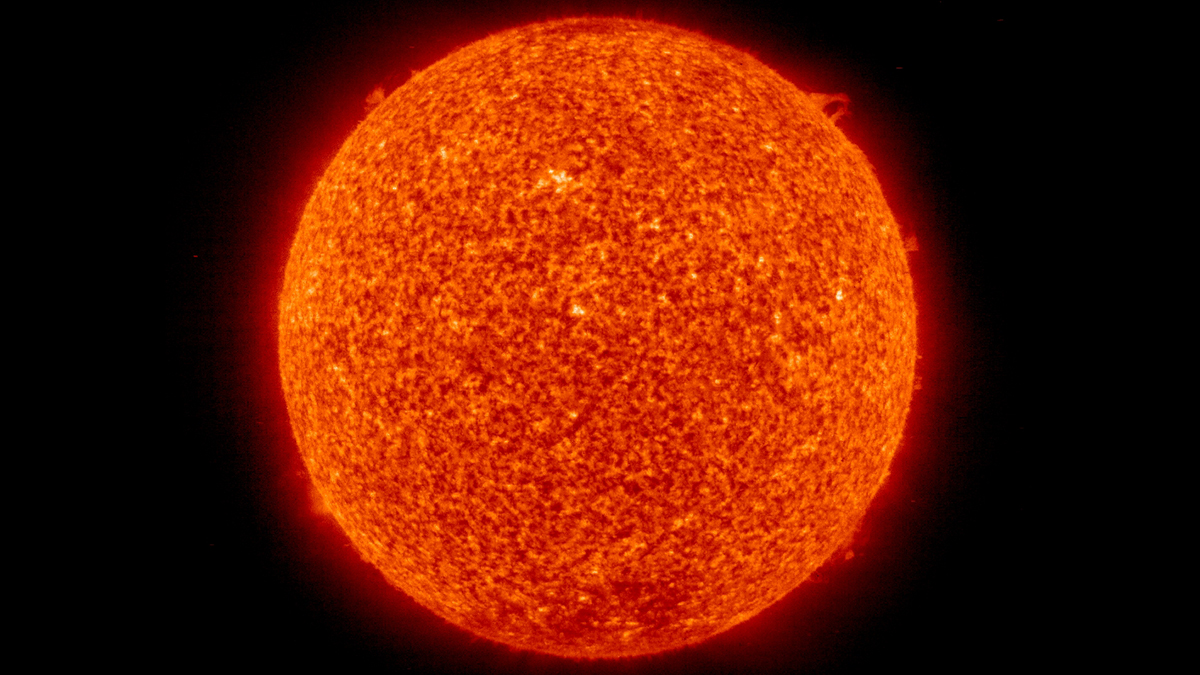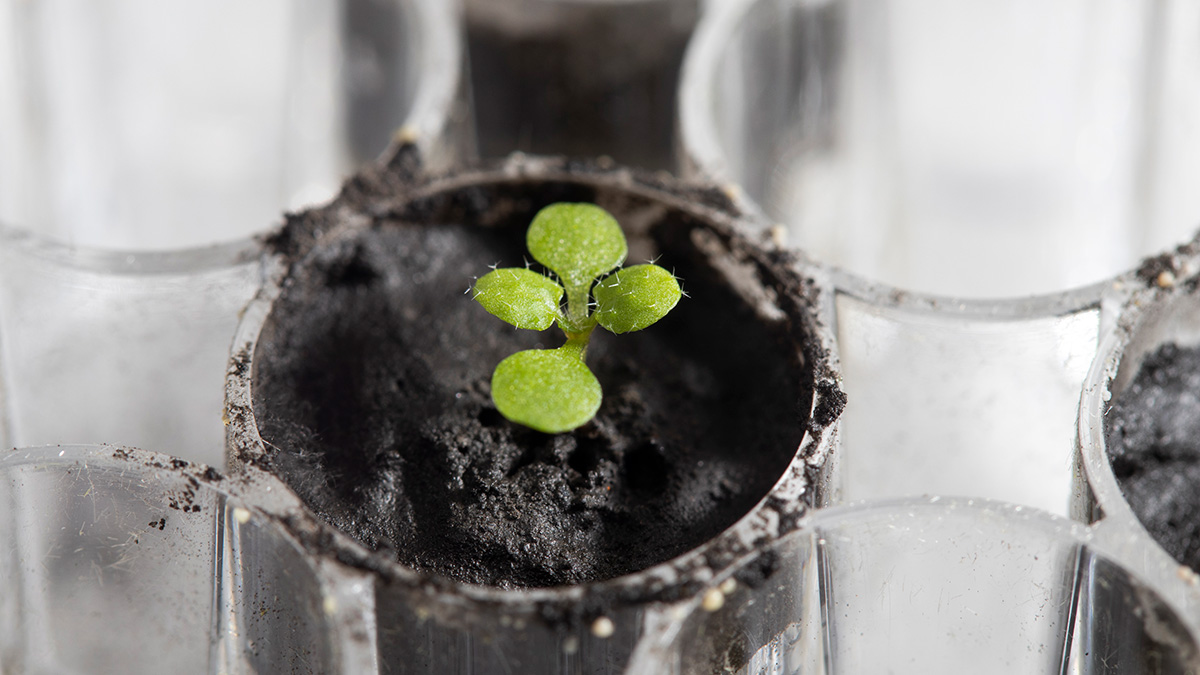The most powerful gigantic jet ever recorded fortuitously appeared over a sensor array in Oklahoma, enabling scientists to map the structure of the phenomenon for the first time.
Kimberly M. S. Cartier
Kimberly M. S. Cartier, Senior Science Reporter for Eos.org, joined the Eos staff in 2017 after earning her Ph.D. studying extrasolar planets. Kimberly covers space science, climate change, and STEM diversity, justice, and education
New USGS Director: Partnerships Are Our Superpower
The new director hopes to strengthen existing partnerships, build and retain a more diverse and inclusive workforce, and deliver the agency’s science to those who need it most.
11 Discoveries Awaiting Us at Solar Max
Each solar cycle might seem like the same old story, but one thing has changed significantly since the previous solar maximum–our technology.
Pulsar Planets Are Exceedingly Rare
A new survey of hundreds of pulsars could help solve the mystery of why planets exist around these dead stars.
Maui Endures More Drought and Drier Streams
Drought continues to threaten Maui’s native land-based and marine ecosystems, water resources, and traditional ways of life. But conservationists have hope—and ways to fight back.
Edgard Rivera-Valentín: Boricua Planeteer
Inspired by the science infrastructure in their own backyard.
Emil Cherrington: Bringing Satellite Data Down to Earth
Showing how eyes in the sky can help people on the ground.
The First Look at Our New Astronomy Paradigm
Five galaxies, two nebulae, an exoplanet, and the early universe—JWST’s first images provide a cross section of the science yet to come.
Why Did Sunspots Disappear for 70 Years? Nearby Star Holds Clues
Five decades of data revealed a star undergoing a pause in magnetic activity similar to what the Sun experienced almost 400 years ago.
El suelo lunar permite cultivar plantas
Plantas cultivadas en regolito lunar recolectado por las misiones Apollo crecieron con éxito desde la semilla hasta el retoño, brindando así información sobre las futuras perspectivas de la agricultura lunar.


